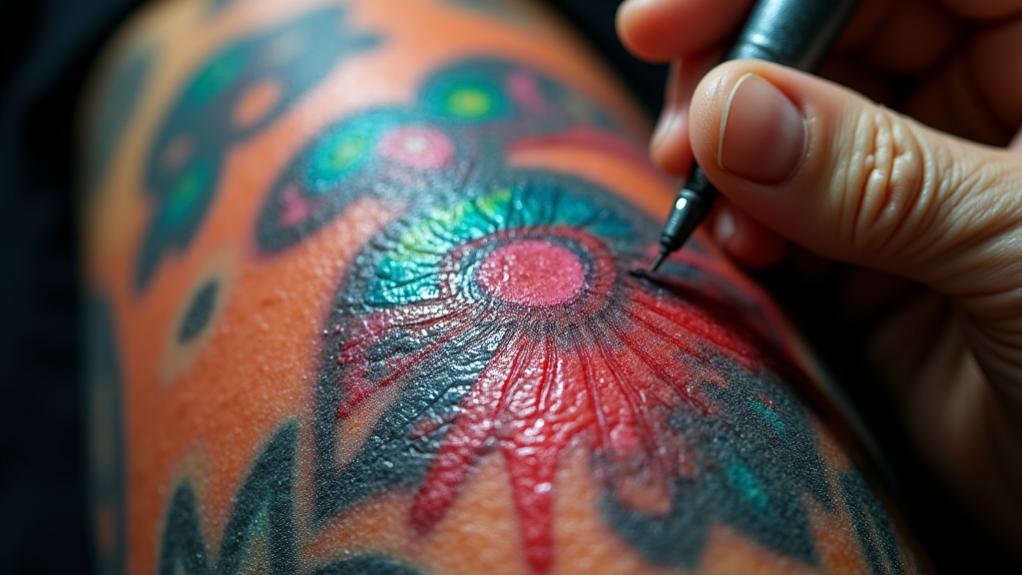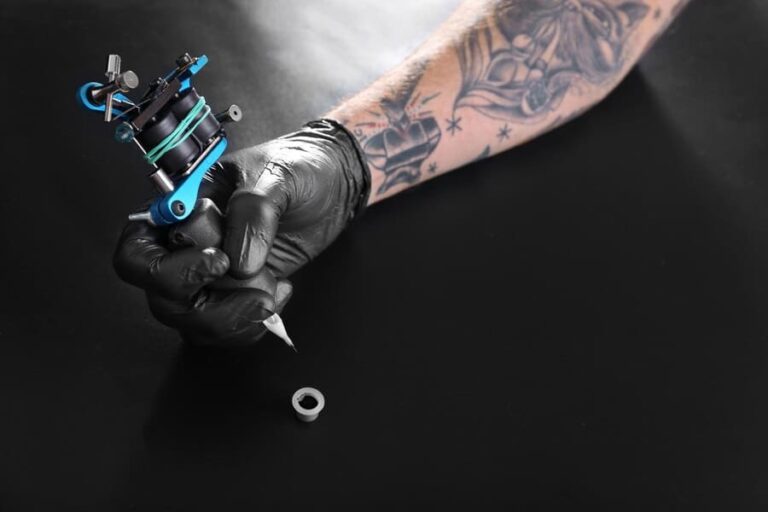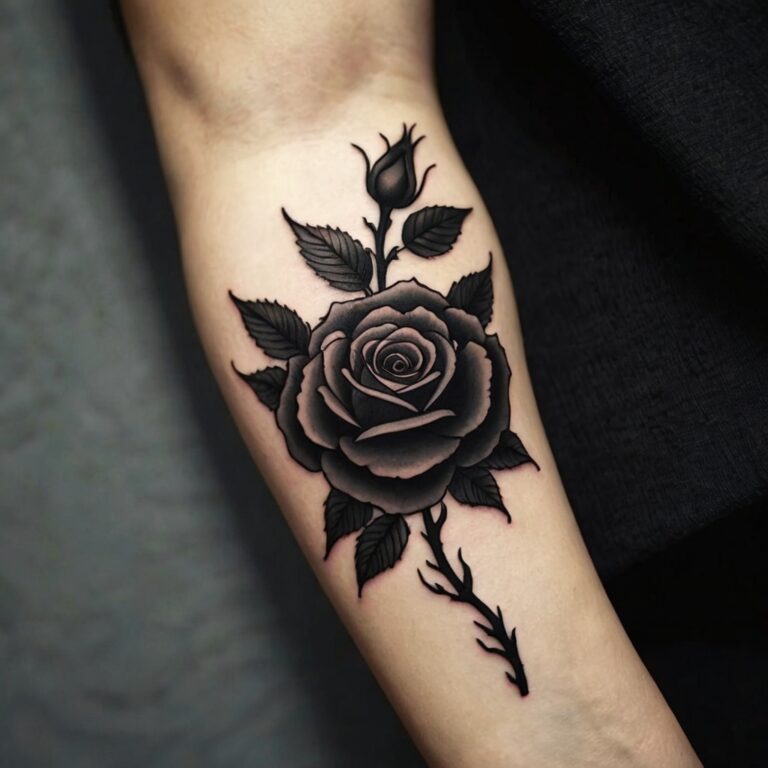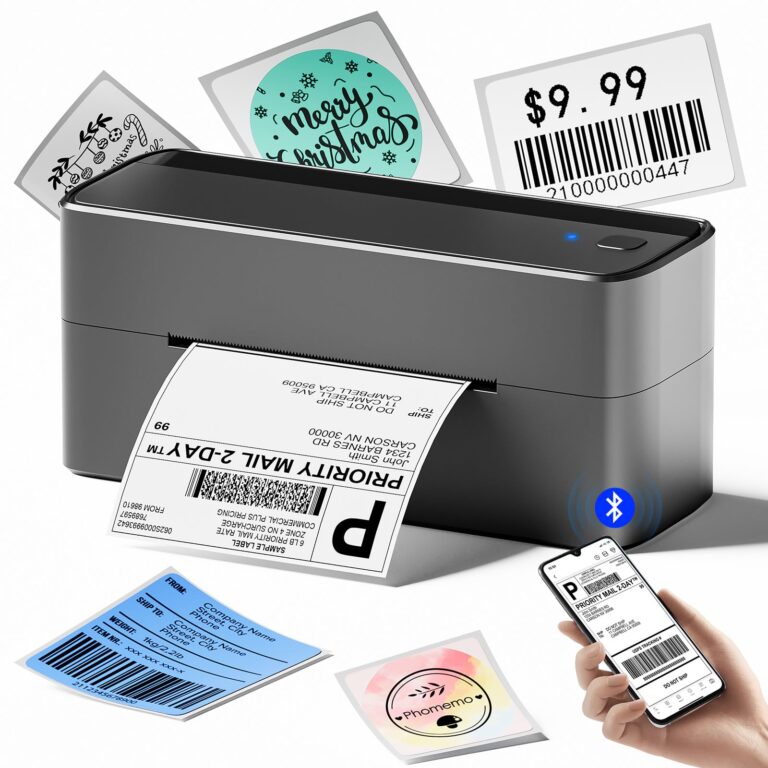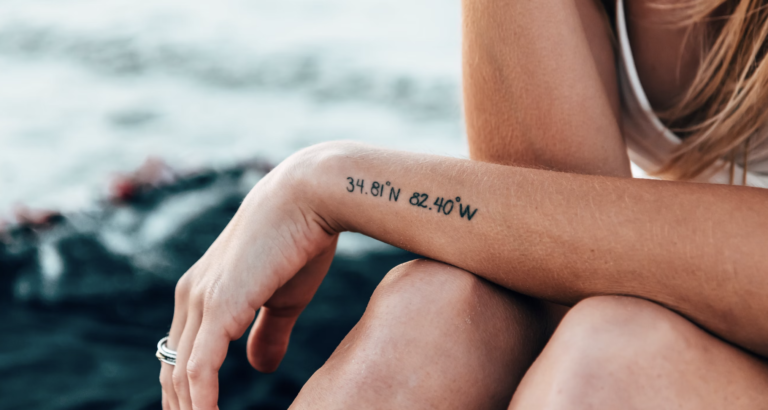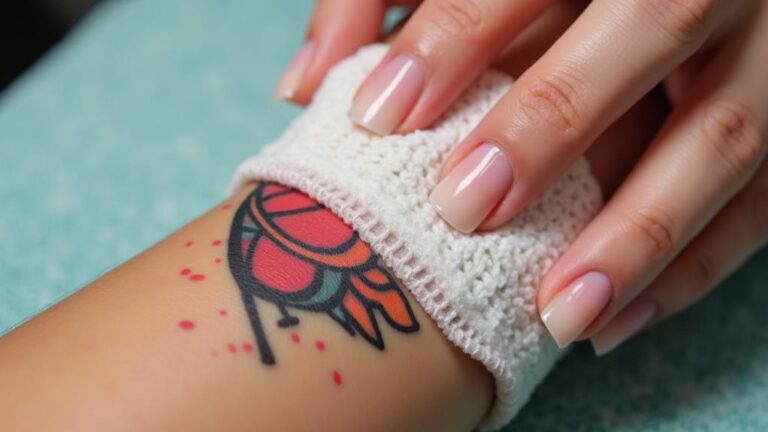Tattooing over scars involves the process of applying ink to the skin where scars are present, transforming them into a form of personal expression.
If you're considering tattooing over your scars, you're not alone in wanting to enhance your skin's appearance and tell your story through art.
Yes, you can tattoo over scars, but it's important to note that not all scars are suitable for tattooing.
The unique characteristics of each scar can significantly affect the tattooing outcome, so it's crucial to consult with a professional tattoo artist who has experience in this area.
This post will discuss the healing process, potential risks involved, and tips for choosing designs and techniques that work best with your scars, helping you make an informed decision on your transformative journey.
Understanding Scar Types
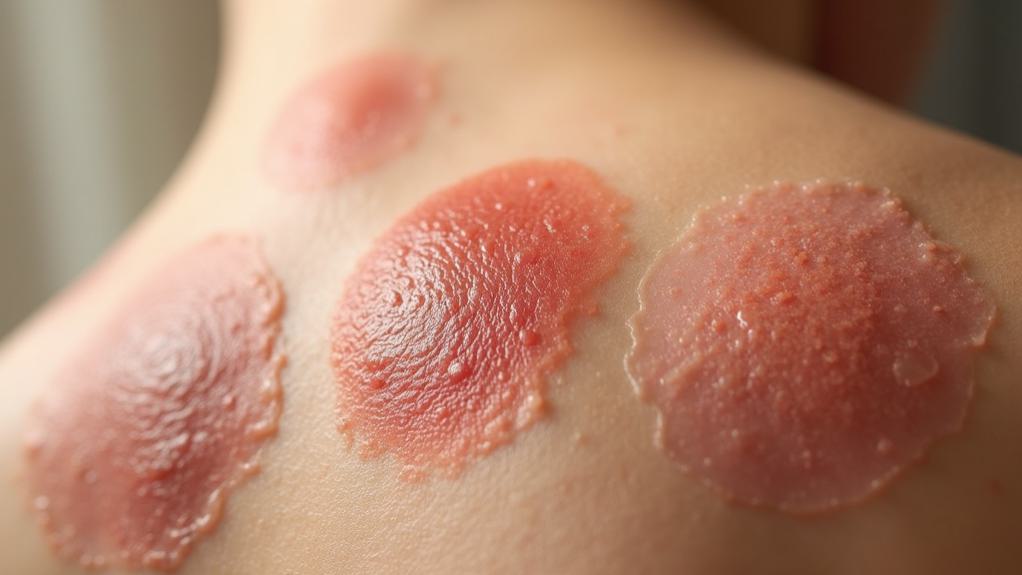
When tattooing over scars, it's crucial to understand the three main types of scars: hypertrophic, keloid, and atrophic, as they may significantly affect the tattoo's appearance.
Hypertrophic scars are raised and thick, typically remaining within the original wound's boundaries. Keloid scars extend beyond the wound site and may continue to grow, often causing discomfort and being darker than surrounding skin, which may impact the tattoo's look.
Atrophic scars, such as those from acne or chickenpox, are sunken or depressed and may provide a smoother canvas for tattooing.
Consulting with a professional tattoo artist experienced in working with scars is essential, as they may guide you in choosing the best approach and design for your tattoo while considering the unique characteristics of your scars.
Tattooing Techniques for Scars
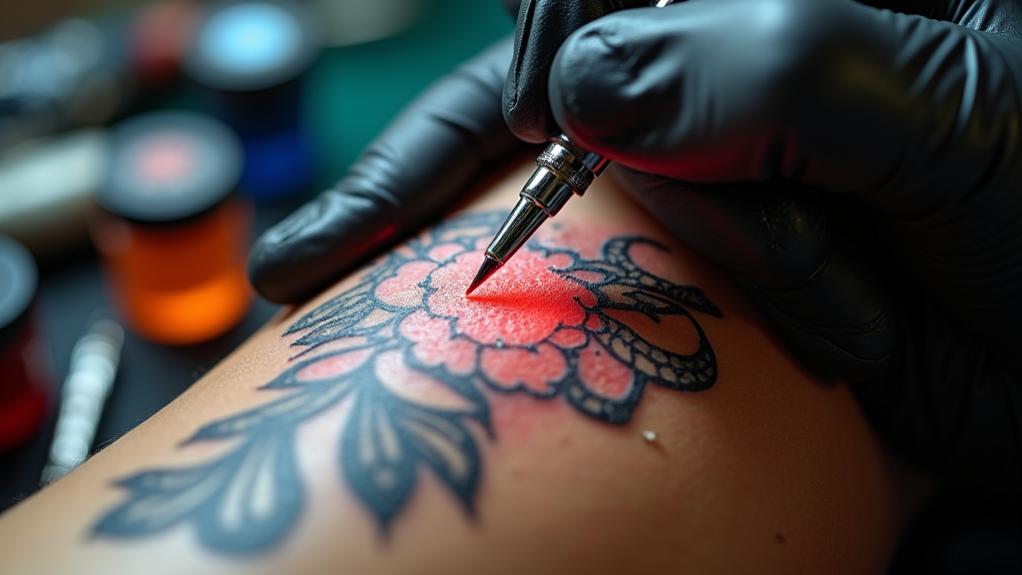
Tattooing over scars may require specific techniques to achieve the best outcome. Assessing the scar's texture and color is crucial, as different scars, such as hypertrophic or keloid, may react differently to ink.
Using a soft needle and a lighter touch may minimize trauma to the scar tissue, ensuring proper adherence of the design.
Choosing high-quality pigments is important, as some inks may fade faster on scarred skin. Layering colors may create depth and help camouflage the scar more effectively.
For the design, simplicity may work best. Intricate designs may not translate well over uneven surfaces, so consider bold lines and solid colors to distract from the scar's appearance.
Aftercare may be equally important. Following your artist's guidelines may promote healing and prevent issues. Moisturizing and avoiding direct sunlight may help maintain the tattoo's appearance and prevent irritation to the scar.
Consultation With a Professional
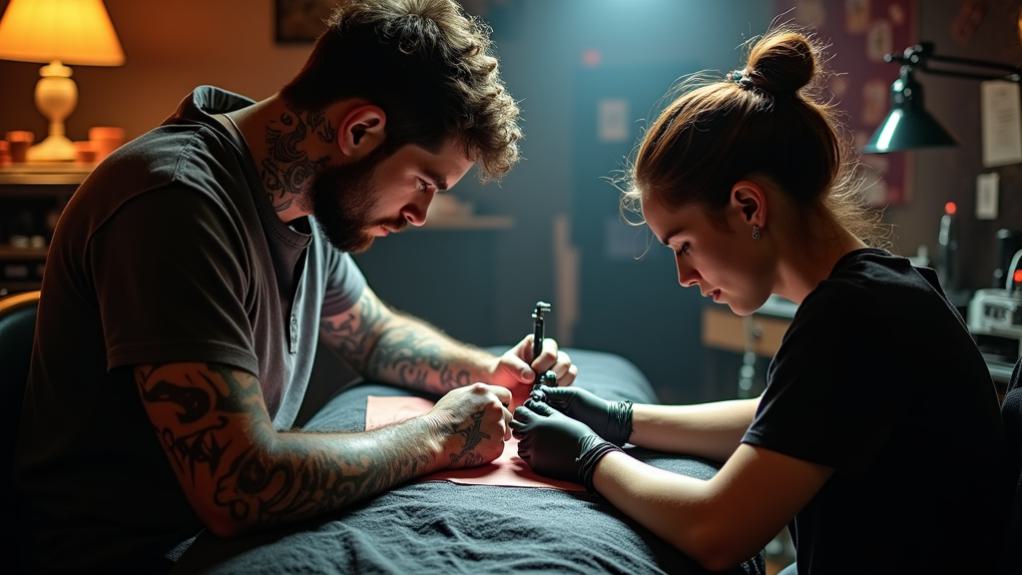
A successful tattoo over scars often starts with a thorough consultation with a professional artist, which is essential for achieving the best possible outcome.
Here's what to focus on during your consultation:
- Scar Type: Your scars may affect the tattooing process, so understanding their nature is crucial.
- Design Choices: Collaborate with the artist to find a design that complements your scars and aligns with your vision.
- Color Selection: Decide whether to use color or stick with black and gray, as this may influence the tattoo's visibility and healing.
- Placement Considerations: Discuss the best locations for the tattoo, considering the scar's texture and sensitivity.
- Healing Expectations: Get insights on the healing process specific to tattooing over scars, which may differ from standard tattoo healing.
Take your time during this consultation, and don't hesitate to ask questions.
A professional artist may guide you through the process, ensuring that you feel informed and confident about your decision to move forward with the tattoo.
Pain Levels and Sensitivity
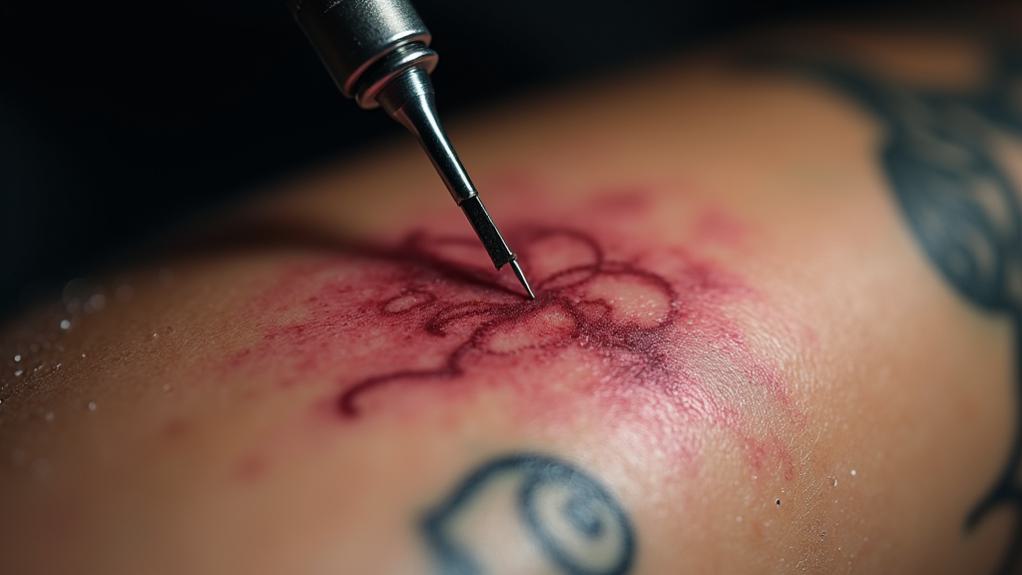
When you're considering tattooing over scars, it's important to understand how pain levels can vary.
Your pain threshold might be different on scar tissue compared to regular skin, which can affect your overall experience.
Let's explore how sensitivity in scar areas could influence the tattooing process.
Pain Threshold Comparison
Understanding pain thresholds is essential when considering tattooing over scars, as individual pain tolerance may significantly affect the process.
Here are some factors that may impact your pain threshold during tattooing:
- Location of the scar: Some areas of your body may be more sensitive than others.
- Size of the tattoo: Larger tattoos may require more time, potentially leading to prolonged discomfort.
- Tattoo artist's technique: An experienced artist may cause less pain with their skills.
- Personal mindset: Being relaxed may lower your perceived pain levels.
- Pain management strategies: Techniques like deep breathing or numbing creams may help alleviate discomfort.
Scar Tissue Sensitivity
Scar tissue may exhibit heightened sensitivity, which can significantly impact your tattooing experience.
Tattooing over scarred skin may result in increased pain levels compared to regular skin, often due to altered nerve endings and the texture of the scar tissue. During the tattoo process, you may experience sharp pain, tingling, or burning sensations. Some areas of scar tissue may be particularly sensitive.
It is essential to communicate any discomfort to your tattoo artist, as they may adjust their technique or take breaks to help minimize pain.
Sensitivity may vary from person to person, influenced by factors such as the age of the scar, its location, and your individual pain threshold. Consulting with a dermatologist or your tattoo artist before getting tattooed may help assess your scar and provide guidance on what to expect, allowing you to prepare mentally and physically for your session.
Healing Process and Aftercare
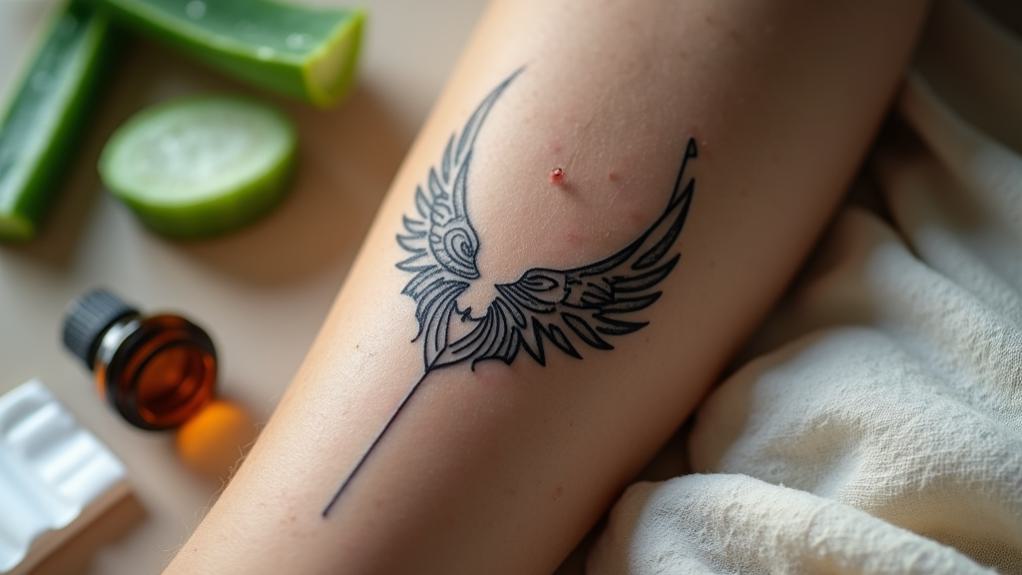
After getting a tattoo over your scars, it's vital to understand how scar tissue heals.
Proper aftercare not only aids in recovery but also guarantees your tattoo looks its best.
Let's explore some essential tips to help you through this process.
Scar Tissue Healing
Healing scar tissue may involve several stages: inflammation, proliferation, and maturation.
Initially, inflammation occurs with increased blood flow and the formation of new cells. This is followed by proliferation, where tissue regenerates and collagen builds.
The final maturation phase may last for months or even years, during which the scar may become more refined.
To support your healing journey, consider the following:
- Stay hydrated: Drinking plenty of water may help your skin maintain elasticity.
- Eat a balanced diet: Nutrient-rich foods may promote tissue repair.
- Avoid sun exposure: Protecting your scar from UV rays may prevent discoloration and damage.
- Keep the area clean: Regularly washing the scar may reduce the risk of infection.
- Be gentle: Avoiding harsh treatments or excessive friction on the scarred area may benefit the healing process.
Aftercare Tips Essential
Proper care during the healing process is crucial for achieving the best outcome for tattoos over scars. Keep your tattoo covered with a sterile bandage for at least the first few hours to protect it from bacteria and irritation.
After the bandage is removed, gently clean the tattoo with mild soap and lukewarm water, then pat it dry with a clean towel.
Apply a thin layer of fragrance-free moisturizer or tattoo aftercare ointment, avoiding overapplication to prevent clogged pores and potential infection. This should be done two to three times a day for the first week.
Avoid picking at scabs, as this may pull the ink out and cause further scarring.
Stay out of direct sunlight and refrain from soaking your tattoo in water, which includes hot tubs, pools, and baths, for at least two weeks; quick showers are recommended instead.
Be cautious with tight clothing that may rub against your tattoo.
Adhering to these aftercare tips may help ensure your tattoo heals beautifully, enhancing the art over your scars.
Choosing the Right Design

Choosing the right design for a tattoo over scars may be a deeply personal journey.
It's important to select a design that resonates with your emotions and experiences. Reflect on what the scars represent for you and how you want to transform that narrative through art.
Here are some tips to help you select the perfect design:
- Symbolism: Designs that symbolize healing, strength, or transformation may be impactful.
- Cover-Up Potential: Bold colors or intricate patterns may effectively conceal the scars.
- Size and Placement: Ensure the size of the tattoo complements both the scar and the surrounding skin.
- Art Style: Consider styles that resonate with you, such as realistic, abstract, or illustrative.
- Consultation: Discuss your ideas with a professional tattoo artist, as their expertise may guide you in making the best choice.
Potential Risks and Complications
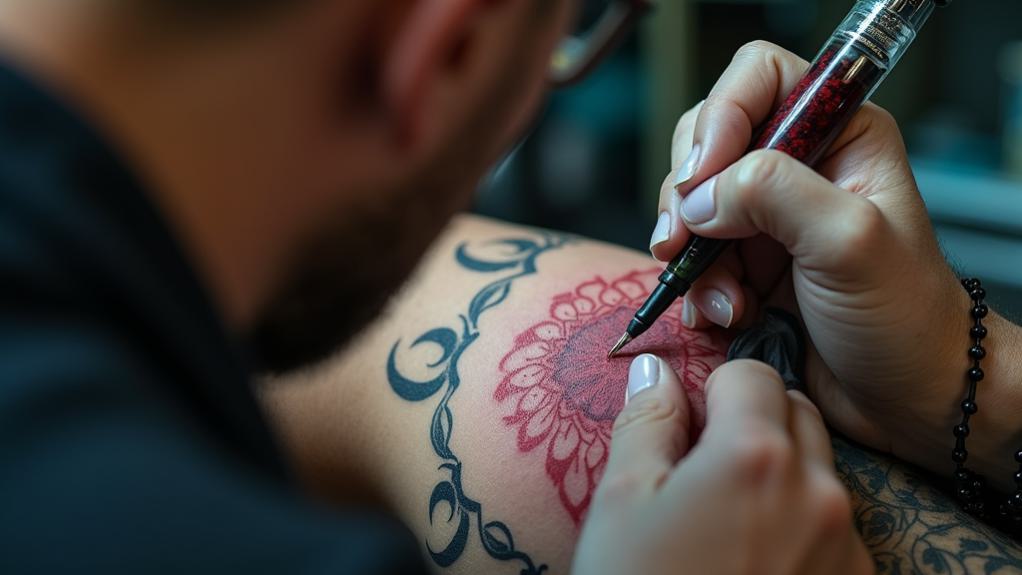
Tattooing over scars may carry several potential risks and complications that you should consider.
The scar tissue may react differently to the tattoo process, resulting in increased pain or discomfort during the session. The ink may not adhere uniformly, leading to uneven color saturation or fading over time.
There's also a risk of infection if the scar hasn't fully healed or if proper aftercare isn't followed.
Some scars may be keloid, which means they may continue to grow after being tattooed, altering the design and leading to further complications.
Allergic reactions to the ink may occur, especially if you have sensitive skin or a history of allergies; a patch test may be advisable.
Consulting with an experienced tattoo artist who understands how to work with scar tissue may help minimize these risks.
Always prioritize your safety and well-being when considering a tattoo over scars.
Long-Term Considerations
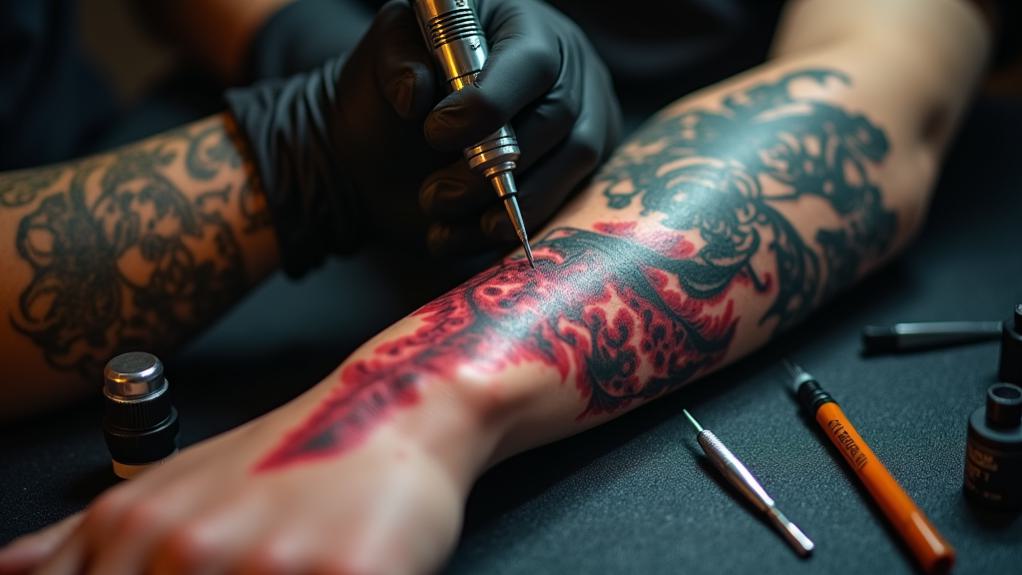
When considering a tattoo over scars, it's essential to prioritize the long-term effects on both the appearance and health of the skin.
Here are key long-term considerations:
- Fading: Tattoos over scars may fade differently than on unscarred skin and may require more frequent touch-ups.
- Texture Changes: The scar's texture may affect the tattoo's appearance, potentially leading to uneven ink distribution.
- Sensitivity: Scar tissue may be more sensitive than regular skin, which may cause discomfort during the tattooing process.
- Healing Time: The healing process may take longer for tattooed scars, requiring extra care.
- Color Retention: Certain colors may not hold as well over scarred skin, which may impact the overall design.
Success Stories and Testimonials
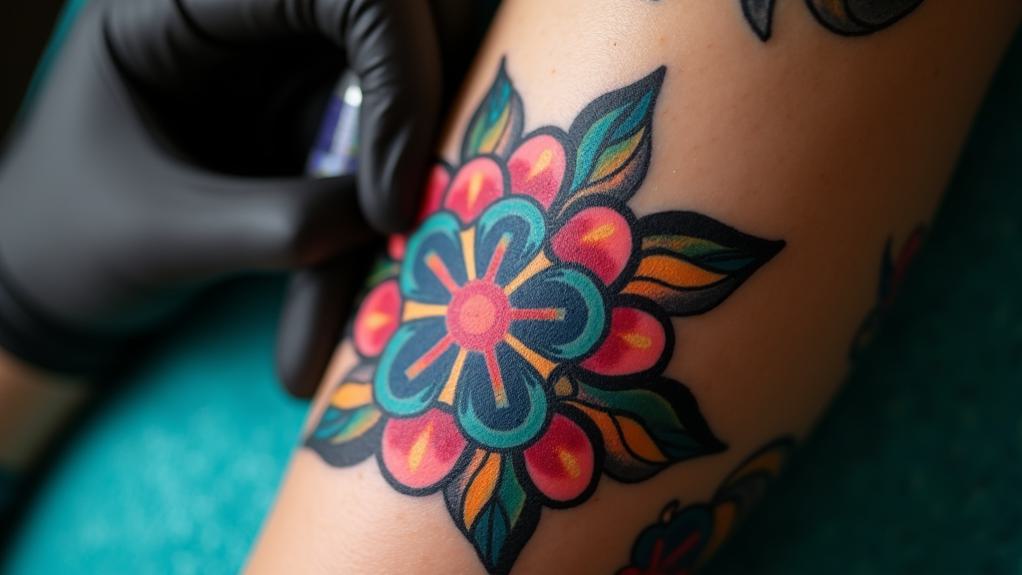
You might be surprised by how many people have transformed their scars into stunning pieces of art.
These success stories show that tattooing can be a powerful way to overcome insecurities and promote healing.
Let's explore some inspiring testimonials that highlight these transformative experiences.
Overcoming Insecurities Through Art
Many individuals may transform their insecurities into powerful statements of art through the process of tattooing over scars. This journey may allow you to reclaim your body and reshape how you view yourself.
Many report feeling empowered and confident after covering scars with meaningful designs that reflect their personal stories.
Here are some common themes shared by those who've tattooed over scars:
- Personal Growth: Tattoos may symbolize resilience and healing.
- Creative Expression: Tattoos may serve as a canvas for self-expression, showcasing unique artistic designs.
- Community Support: Individuals may find camaraderie in sharing experiences with others who've faced similar challenges.
- Boosted Confidence: A beautifully inked tattoo may replace feelings of shame with pride and acceptance.
- Empowerment: Taking control of your narrative may lead to a profound sense of empowerment.
Through art, you may redefine your relationship with your body and your scars. Each tattoo may tell a story, transforming insecurities into a celebration of strength, creativity, and personal triumph.
Transformative Healing Experiences
Transforming insecurities into art through tattoos may lead to profound healing experiences and personal growth. Many individuals report a remarkable shift in self-perception after tattooing over their scars. The ink may serve as a powerful symbol of resilience.
For example, one person with a large scar from an accident may feel liberated after tattooing a beautiful design over it, turning a painful memory into an emblem of triumph.
Another individual who battled self-harm may find empowerment in covering their scars with meaningful art, marking a new beginning and reclaiming their narrative.
These testimonials highlight that the journey of healing through tattoos is deeply personal but often leads to shared experiences of empowerment and reclamation.
If you consider this path, your story may transform into a canvas of hope, showing that healing is possible and that scars can become beautiful reminders of your journey.
Alternatives to Tattooing

For those looking to enhance their scars without tattooing, several effective alternatives may provide the desired outcome.
These options can help express individuality and boost confidence while maintaining skin integrity.
- Scar Creams and Ointments: These specialized products may reduce the appearance of scars over time by moisturizing and promoting healing.
- Microneedling: This procedure may stimulate collagen production, improving the texture and appearance of scars.
- Dermal Fillers: Injectables may raise depressed scars, leading to a smoother surface and enhancing overall skin appearance.
- Chemical Peels: These treatments may exfoliate the top layer of skin, revealing fresher skin underneath and potentially diminishing scar visibility.
- Laser Therapy: Laser treatments may target discolored or textured scars, helping to even out skin tone and improve texture.
Exploring these options may help you find a solution that aligns with your preferences and comfort level.
Always consult with a qualified professional before deciding on the best approach for your unique situation.
Frequently Asked Questions
Can All Types of Scars Be Tattooed Over Successfully?
Not all scars may be successfully tattooed over. It really depends on the scar's age, type, and texture.
Fresh scars, for instance, may need time to heal before considering a tattoo. Raised or keloid scars may be tricky, as they mightn't hold ink well.
However, with the right consultation from a skilled artist, you may explore options that could work for your specific scar type and potentially achieve a satisfying result.
How Long Should I Wait After Injury Before Tattooing?
You should wait at least 6 to 12 months after an injury before getting a tattoo over the scar.
This waiting period may allow your skin to heal completely and may help guarantee that the scar's texture and color stabilize.
If you tattoo too soon, you may risk complications and an unsatisfactory result.
Always consult with a professional tattoo artist or dermatologist to assess your specific situation and get personalized advice on timing.
Will a Tattoo Affect the Visibility of My Scar?
A tattoo may affect the visibility of your scar, but it largely depends on the scar's texture and color.
If the scar is raised or discolored, the tattoo may not fully conceal it. However, a skilled artist may be able to incorporate the scar into the design, potentially making it less noticeable.
It's also important to consider healing time, as tattooing too soon may worsen the scar.
Always consult with a professional to discuss your specific situation and options.
Can Tattoo Ink Cause Allergic Reactions on Scar Tissue?
Yes, tattoo ink may cause allergic reactions on scar tissue.
Since scar tissue is different from normal skin, it may react more sensitively to certain inks. You may experience redness, itching, or swelling if you're allergic to specific pigments.
It's essential to test a small area before getting a larger tattoo to see how your skin responds.
Always consult with a professional tattoo artist or dermatologist to discuss potential risks before proceeding.
Is There a Specific Age Limit for Tattooing Over Scars?
There isn't a strict age limit for tattooing over scars, but it may depend on individual circumstances.
If you're under 18, most shops may require parental consent. Your skin's healing process and the scar's condition may also play a role.
It's crucial to consult a professional tattoo artist who can assess your scars and discuss your age. They may help you make an informed decision, ensuring you're ready for the tattooing process.
Conclusion
Tattooing over scars can be a deeply personal journey, allowing you to embrace your story and celebrate your strength. By understanding your scar type, consulting with a professional, and following proper aftercare, you can achieve a beautiful tattoo that enhances your scar rather than hides it. Remember, it's crucial to weigh the potential risks and consider alternatives if needed. Ultimately, this process can transform your scars into powerful symbols of resilience and growth.

